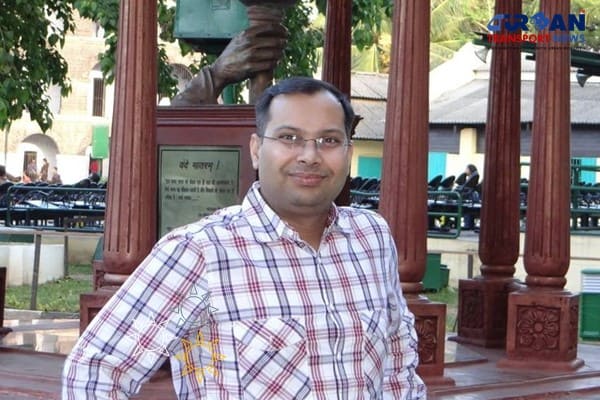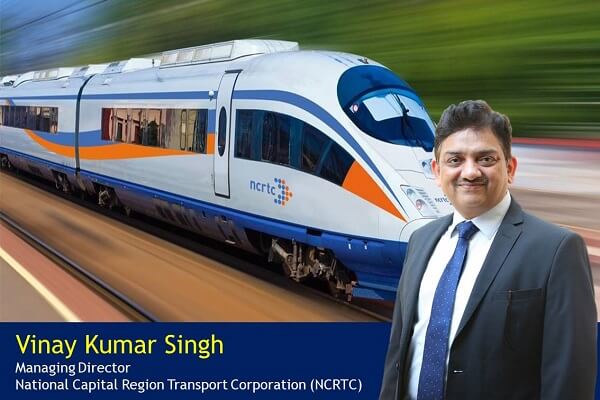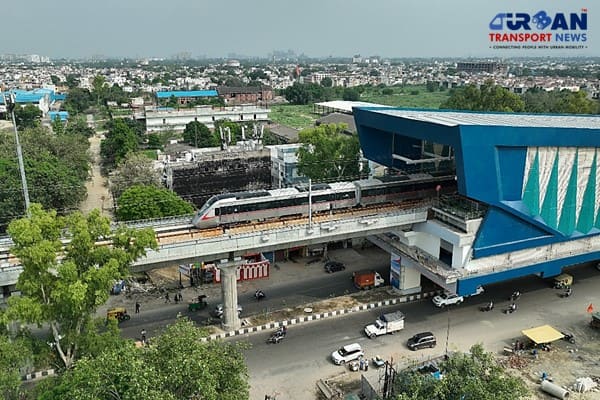 Vensa Infrastructure wins ₹412.58 crore civil contract for Hisar Airport
Vensa Infrastructure wins ₹412.58 crore civil contract for Hisar Airport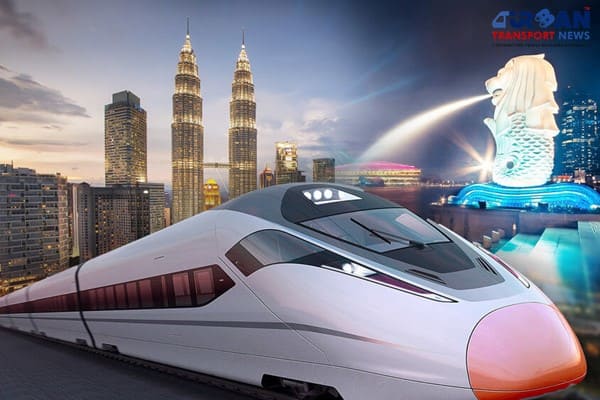 Kuala Lumpur-Singapore high-speed rail project cost could be slashed to RM70 Billion
Kuala Lumpur-Singapore high-speed rail project cost could be slashed to RM70 Billion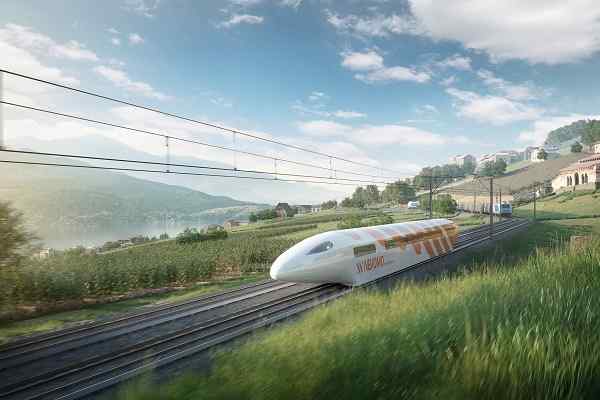 Nevomo's MagRail Technology Selected for Hyperloop Freight Demonstrator
Nevomo's MagRail Technology Selected for Hyperloop Freight Demonstrator Russia signs deal to procure bullet trains for Moscow - St. Petersburg high-speed line
Russia signs deal to procure bullet trains for Moscow - St. Petersburg high-speed line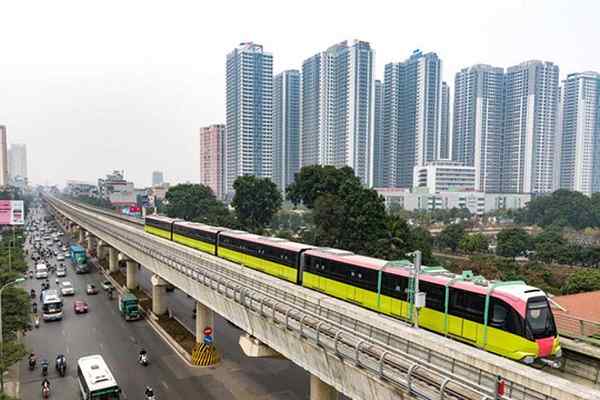 Vietnam plans new metro rail lines to replace its BRT systems in Hanoi
Vietnam plans new metro rail lines to replace its BRT systems in Hanoi 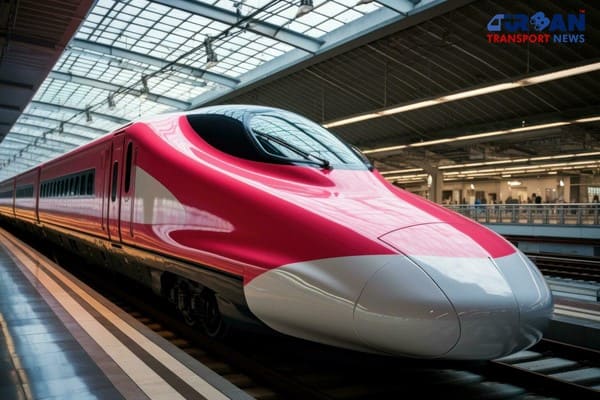 Revolutionizing Indian Railways: The Rise of Indigenous High Speed Bullet Trains
Revolutionizing Indian Railways: The Rise of Indigenous High Speed Bullet Trains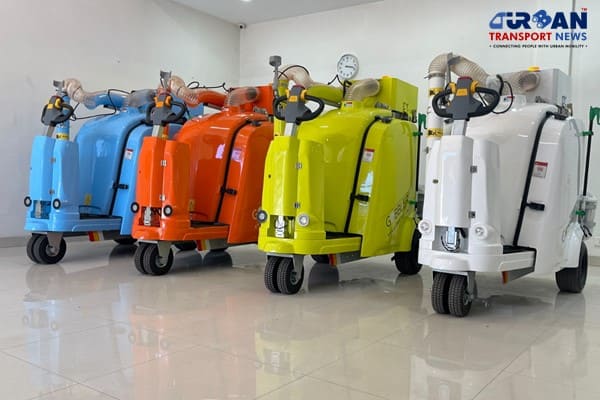 Ayodhya deployed Gobbler Litter Buster to keep the City clean
Ayodhya deployed Gobbler Litter Buster to keep the City clean BMW's Emissions Investigation: What Does It Mean for Drivers?
BMW's Emissions Investigation: What Does It Mean for Drivers?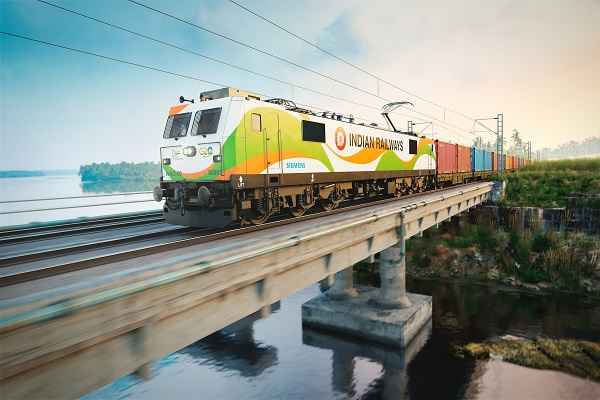 171 Years of Indian Railways: A History of Innovation and Progress
171 Years of Indian Railways: A History of Innovation and Progress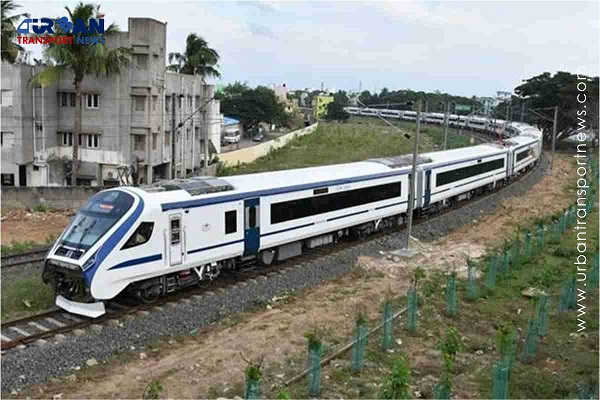 Vande Bharat Express trains carries over two crore passengers since their inception
Vande Bharat Express trains carries over two crore passengers since their inception
PM Modi lays foundation stone of Delhi-Meerut RRTS project
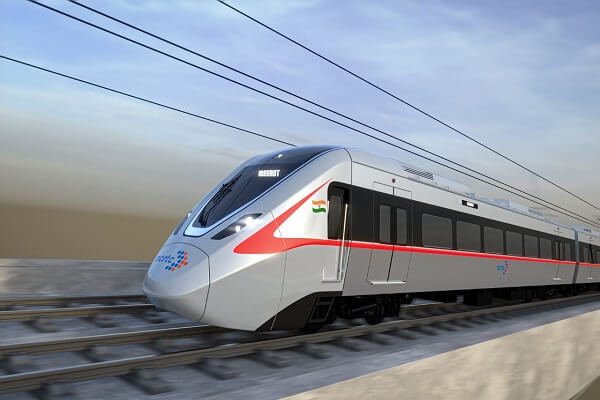
Ghaziabad (Urban Transport News): Prime Minister Narendra Modi today laid the foundation stone for India’s first Regional Rail and Meerut Metro Service. The Hon’ble Prime Minister, Shri Narendra Modi today laid the Foundation Stone for the construction of India’s first Regional Rail between Delhi-Ghaziabad-Meerut and Meerut Metro at Sikandarpur, Ghaziabad. Uttar Pradesh Chief Minister, Hon’ble Shri Yogi Adityanath and Hon’ble Minister of State for External Affairs, Shri V. K. Singh were also present on the occasion.
Hon’ble Minister of State with independent charge of the Ministry of Housing and Urban Affairs, Shri Hardeep Singh Puri led the program of foundation stone laying of RRTS and Meerut Metro services in Meerut where the local MP and MLAs were present. The RRTS corridor is being built at a cost of Rs 30,274 crore and is planned to be operationalized by 2024. Hon’ble Prime Minister, Shri Narendra Modi said, “Giving a new way to next generation urban infrastructure, foundation stone was laid for Delhi-Ghaziabad-Meerut Regional Rapid Transit System (RRTS) today.
This will the first RRTS project built with a cost of Rs 30,000 crore. Rapid rail and metro both will be running on this corridor in meerut. Once this is completed, Delhi-Meerut journey will be covered in less than an hour. Of this RRTS, commuters suffering will be removed and traffic system will be streamlined.”
Inaugurating multiple development works in Ghaziabad. Watch. https://t.co/TiQEshT9SP
— Narendra Modi (@narendramodi) March 8, 2019
In an immense relief from the road congestion and pollution faced by the commuters travelling between Delhi and Meerut, the RRTS, Regional rail will cover the 82km stretch in less than 60 minutes. It will offer high-speed, high-frequency, safe, reliable, comfortable & green public transit. The operating speed of RRTS would be 160kmph and average speed of 100kmph. The frequency of the trains would be between 5-10 minutes and there would be an RRTS station at every 5-10km. Addressing the gathering in Meerut, MoHUA minister, Shri Hardeep Singh Puri said, The population in cities is increasing rapidly. Therefore, public transport and intercity linkages are a must.
If you make a rapid transit system, there would be many people who would prefer living in Meerut and NCR and come to Delhi for work. I am confident that RRTS project would be completed on time and will improve the ease of living of people living in Meerut and nearby areas along with improving the region’s economic situation. The RRTS will pass through some of the most densely populated sections in Delhi and Meerut. Starting from Sarai Kale Khan in Delhi, the corridor will go up to Modipuram in Meerut, joining many urban cities such as Anand Vihar in Delhi, Sahibabad, Ghaziabad, Muradnagar and Modinagar in Uttar Pradesh.
Meerut Metro In a unique feature, the Meerut Metro services with 12 stations on 18 kms stretch between Modipuram and Meerut South stations on RRTS infrastructure will meet the local mobility needs of citizens of Meerut besides providing efficient regional connectivity. The arrangement of Meerut Metro on RRTS infrastructure would also result in an overall cost saving of approximately Rs 6,300 crore. While the Meerut Metro would mostly be elevated, it would run underground in high density areas like Bramhapuri, Meerut Central, Bhaisali and Begumpul.
The RRTS trains will be equipped with all modern features like Air-conditioned travelling, CCTV surveillance, Mobile/Laptop Charging points, Luggage space etc. All stations and trains will have universal access for the differently abled. Each train will have a Business Class and a Ladies coach. RRTS stations will be seamlessly integrated with other transport modes like Airport, Railway, Metro, ISBTs and will be connected seamlessly through Elevators, escalators, travellators etc. All three corridors of phase I of RRTS will be inter-operable, thus does not require changing of train to go from one corridor to another. It will also lead to significant time saving compared to existing modes of transportation.
A rail-based travel mode operating with the best in class command and control systems, would offer a safe and reliable transport option. It is also expected to increase the share of public transport along with opening up of new markets and opportunities for people across the region. Delhi-Ghaziabad-Meerut RRTS corridor is first of the three prioritized corridors planned for implementation in Phase-1. The other two are Delhi-Gurugram-SNB-Alwar and Delhi-Panipat Corridors.





